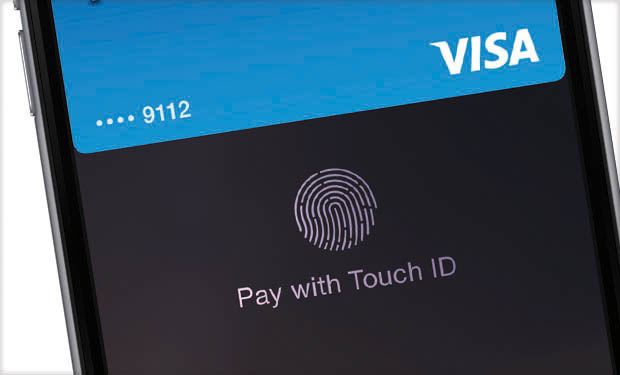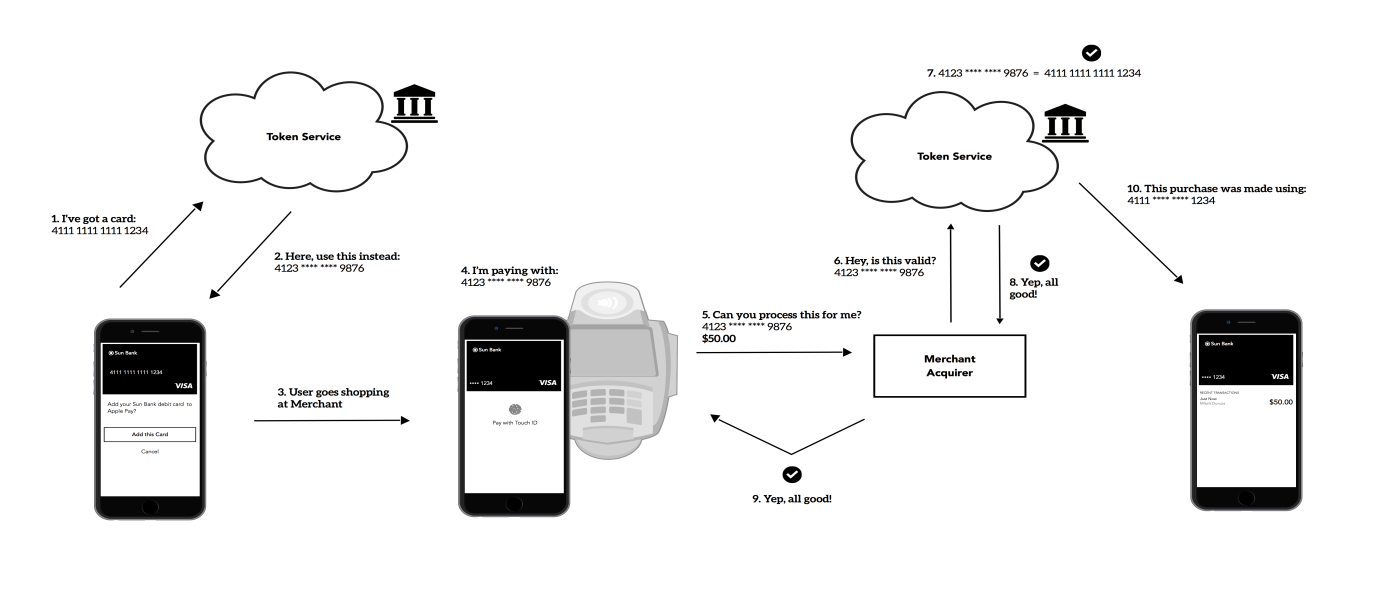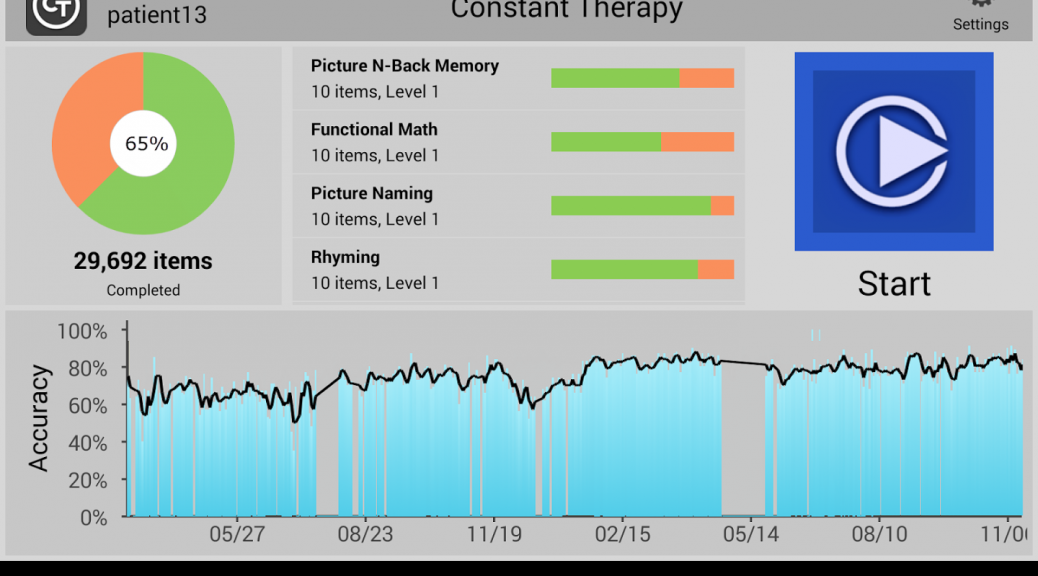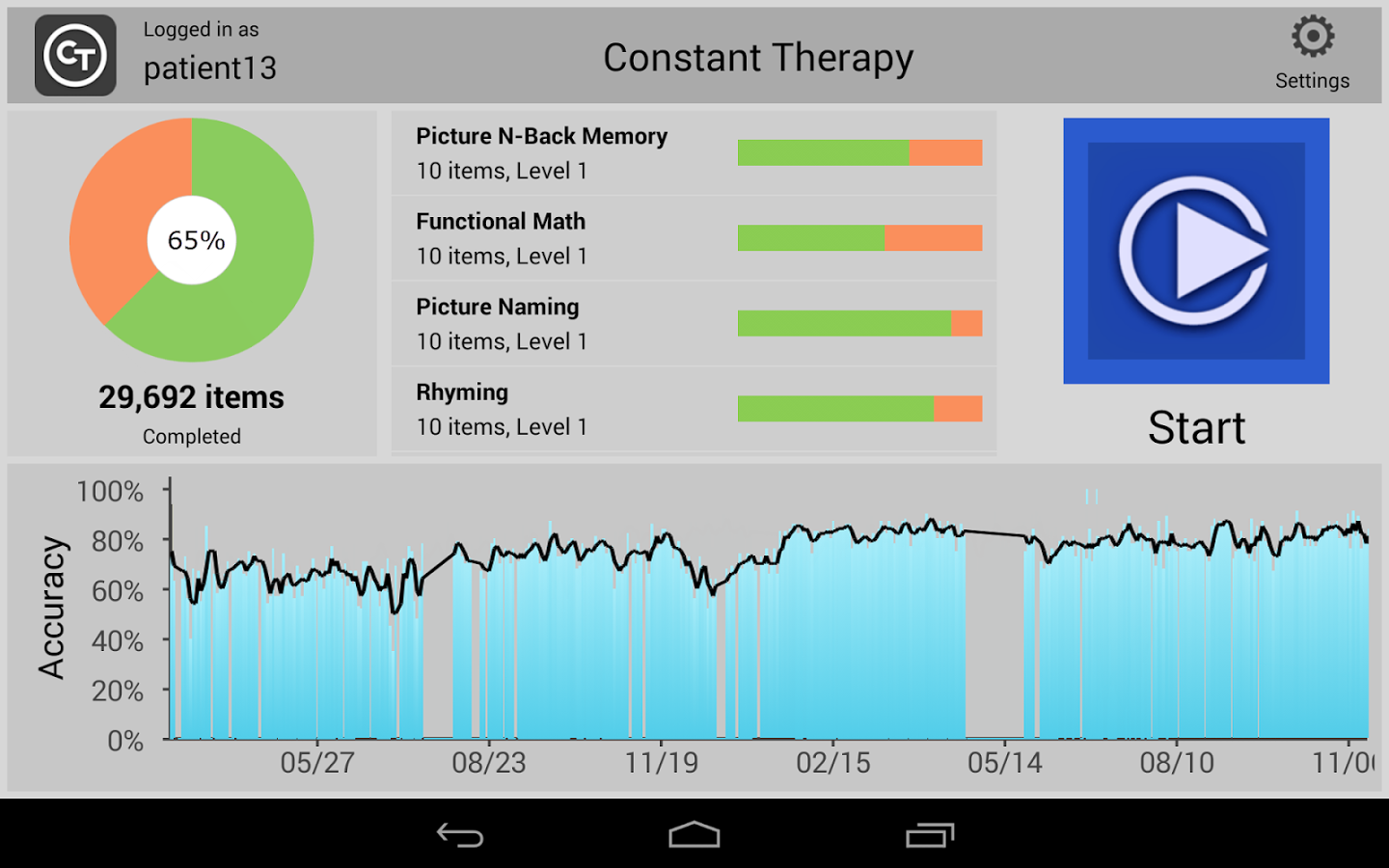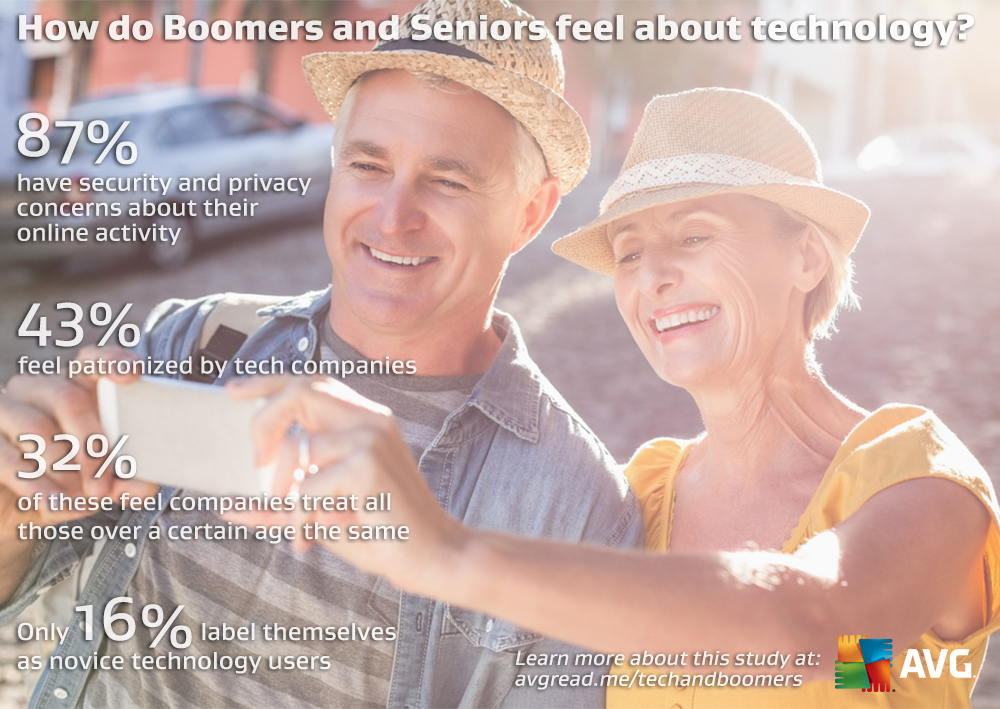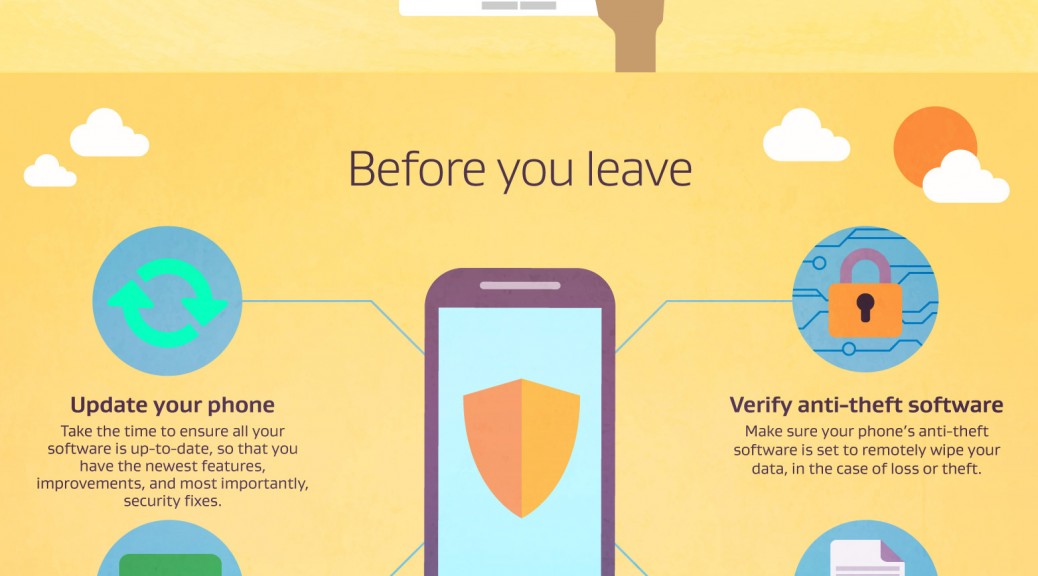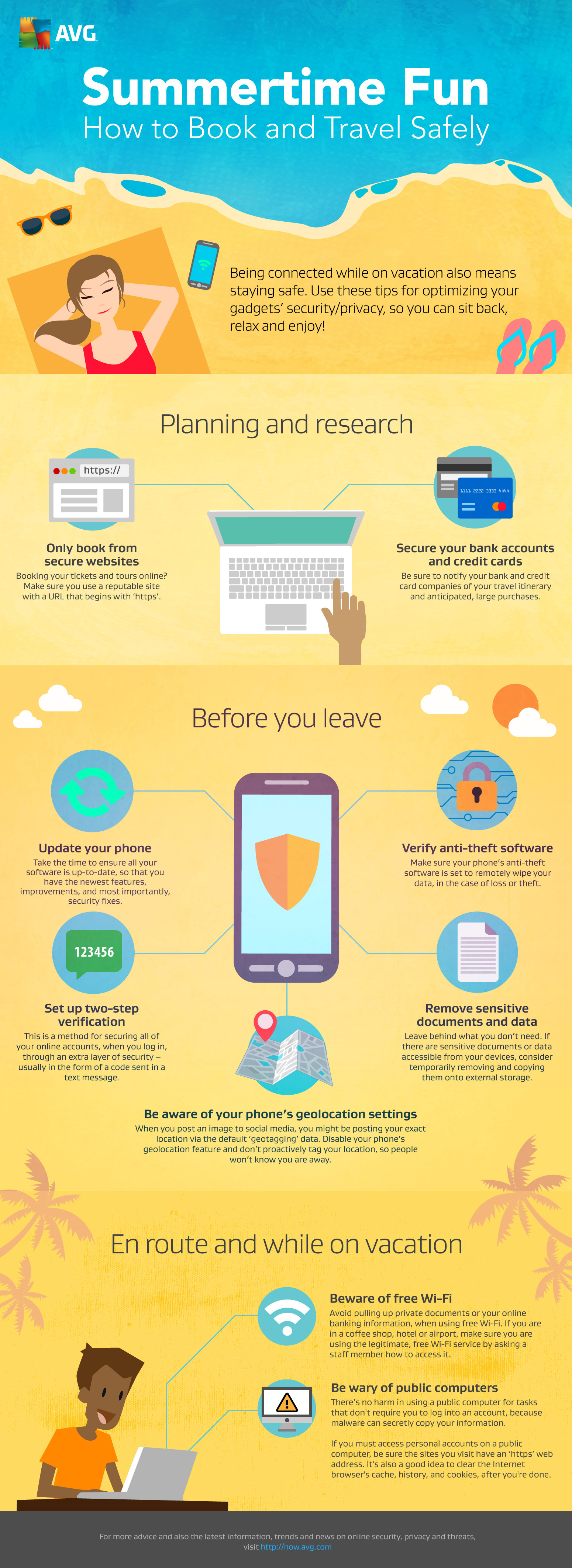By now, most of us are familiar with the term the “Internet of Things”. It has come to describe the always on, always connected world where day to day objects are online. It ranges from smart-watches to smart fridges and is closer to reality than you may think.
Much has been written about the need to secure the devices that make up the Internet of Things, but I believe there is another battle to be won.
According to most reliable research, the number of Internet connected devices is growing rapidly and will continue to do so for the foreseeable future.

Building security into each and every one of these devices is no mean feat. In fact, it will be very difficult indeed. That’s what I believe that it is of vital importance that we focus our attention on securing routers and Wi-Fi hotspots.
As the number of Internet enabled devices in our homes continues to increase, more and more members of the public are getting ready to adopt smart home appliances, energy meters and wearables.
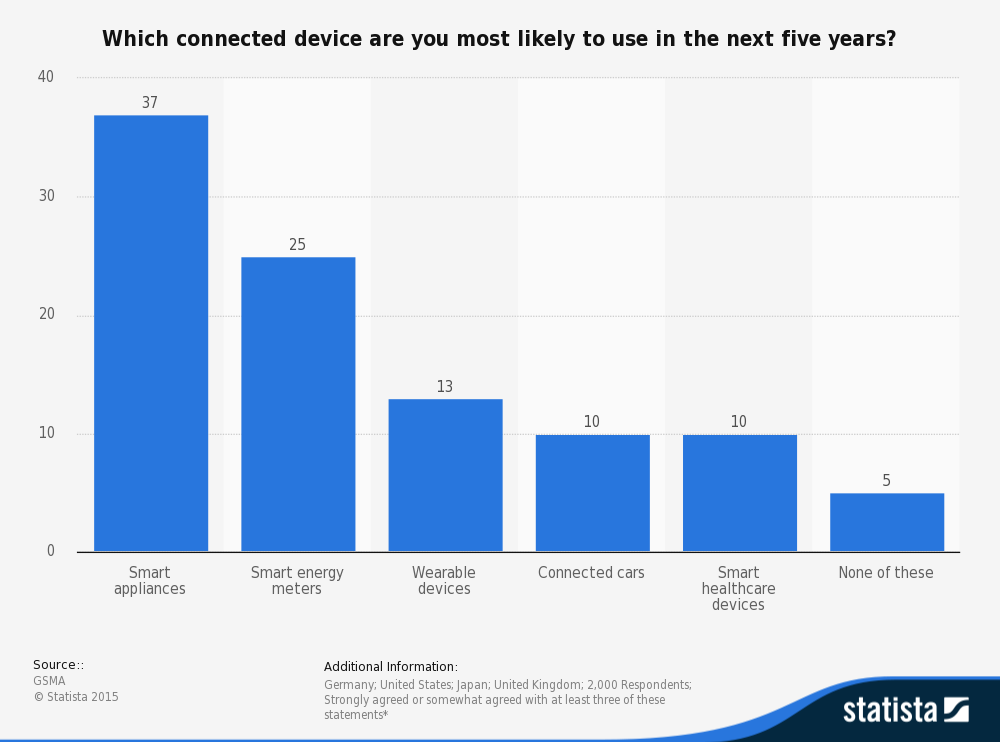
All of these newly connected devices entering the home should be rigorously secured as they will be handling data specific to your household. Securing them individually could be tough though, until you realise that they share something in common – they communicate via the Internet access point, a home router.
As you can see, the number of home routers in the market is continuing to grow rapidly, but is only a fraction of the number of total devices.
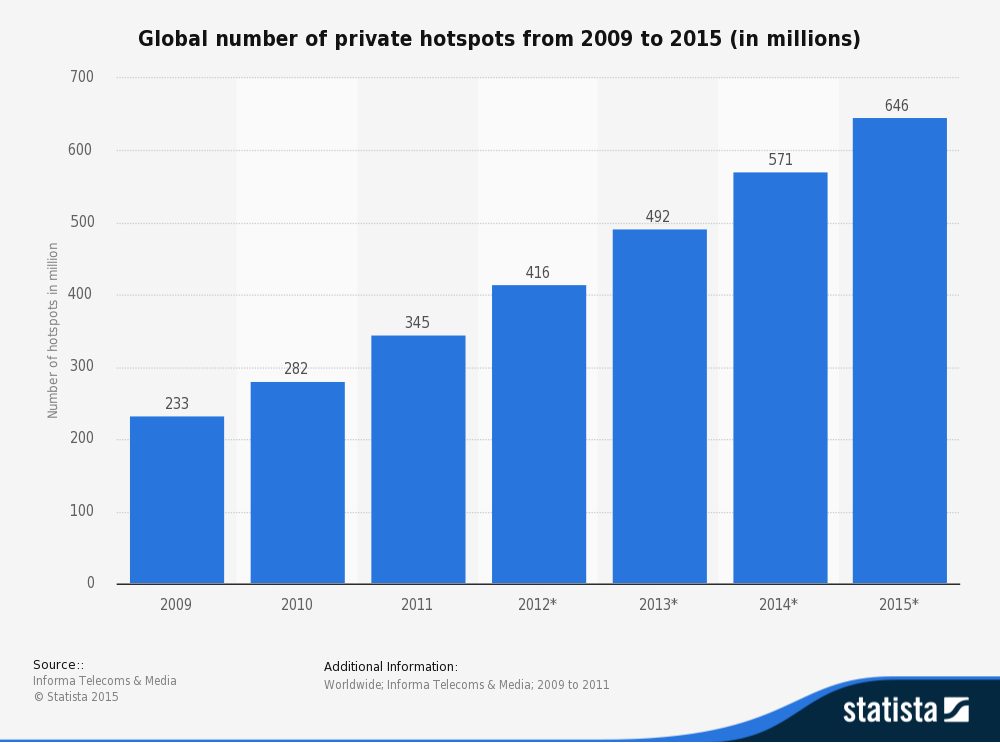
Robustly securing each home router or a public hotspot has the knock-on effect of securing the data transmission of dozens of devices and, for my money, is a much more realistic approach to securing the Internet of Things.
Sadly, security on most popular routers is still pretty basic and has a user experience to match. Clunky menus that aren’t immediately intuitive can leave users at a loss when it comes to making changes to their Internet settings.
Here are three simple things that you can do right now to help improve the security of your home Wi-Fi network.
Three steps to securing your home router:
Change the login details
Most routers will come with default login details. Many people never get round to changing them but you really should. “User name: admin Password: Password” is not a secure login and could potentially grant router level access to attackers if they know the manufacturer defaults of your device.
Set up an access list:
Most routers will allow you to set up a “permitted devices” list that limits access to your network. Setting this list up and including all your family’s devices is a good way to make sure that no unauthorized devices access your network.
Double check your Firewall
A Firewall is an important router feature that helps filter out bad traffic requests coming into your home. All traffic that is sent and received in your home goes through a Firewall and more specifically through “ports”. These are akin to doors, with each one dedicated to certain traffic types. It is always worth checking your Firewall settings in your router to make sure that you do not have any unnecessarily opened ports.
For tips on how to improve your home Wi-Fi Signal, check out the video below.
![]()
![]()
